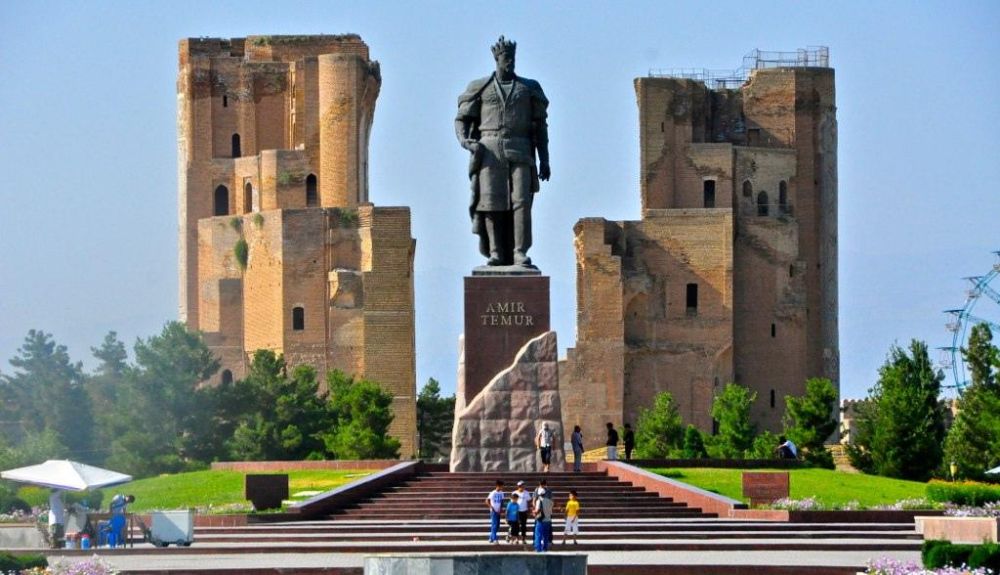

Shakhrisabz, located in the southern region of Uzbekistan, is a city renowned for its historical significance and architectural heritage. As the birthplace of the great conqueror Amir Timur, also known as Tamerlane, it has been a significant tourist destination, particularly for those interested in the Timurid dynasty. The city's name translates to "Green City," a testament to its verdant gardens and beautiful landscapes, which complement its rich history.
Tourism in Shakhrisabz has roots that can be traced back to the advent of the Silk Road when the city became an important cultural and trading hub. Travelers and merchants from around the globe passed through Shakhrisabz, sharing stories of its grandiose monuments and palaces. As time progressed, these historical narratives fueled the curiosity of scholars and tourists alike.
A monumental leap in Shakhrisabz's tourism history occurred when UNESCO declared the city a World Heritage Site in 2000, recognizing its collection of historical buildings that reflect the city's influential past. This notoriety brought Shakhrisabz global attention, attracting tourists interested in the wonders of ancient civilizations and Islamic architecture.
The Ak-Saray Palace, though now in ruins, remains a colossal reminder of Shakhrisabz's golden age under Amir Timur. The remnants of its azure mosaic and grandiose gateways give visitors a sense of its past splendor. The Kok Gumbaz Mosque and Hazrat-i Imam Complex are other magnificent structures that draw visitors, offering a glimpse into the city's spiritual heritage.
Shakhrisabz's appeal is not limited to its architecture. The city also celebrates its rich cultural heritage through festivals like the Navruz (Persian New Year) and the Shakhrisabz Festival of Traditional Culture. These events offer tourists an immersive experience into Uzbek customs, traditional music, dance, and culinary delights.
The Uzbekistan government has put forth significant efforts to improve infrastructure and make the city more accessible to international tourists. Recent developments include improved transportation links, accommodation facilities, and multilingual tour guides to accommodate the growing influx of visitors. Additionally, the implementation of visa-free regimes for many countries has simplified the process of visiting Shakhrisabz.
Eco-tourism and cultural tourism are gaining traction in Shakhrisabz. Visitors are increasingly interested in authentic, sustainable experiences that respect the local environment and celebrate the city's heritage. With its strong focus on conservation and cultural preservation, Shakhrisabz can offer a unique combination of history, architecture, and natural beauty to the modern eco-conscious traveler.
Shakhrisabz is a city where the past and present coalesce, offering tourists a multifaceted experience steeped in the richness of the Silk Road legacy. Its evolution into a focal point for international tourism highlights the growing interest in Central Asia's historical and cultural jewels.